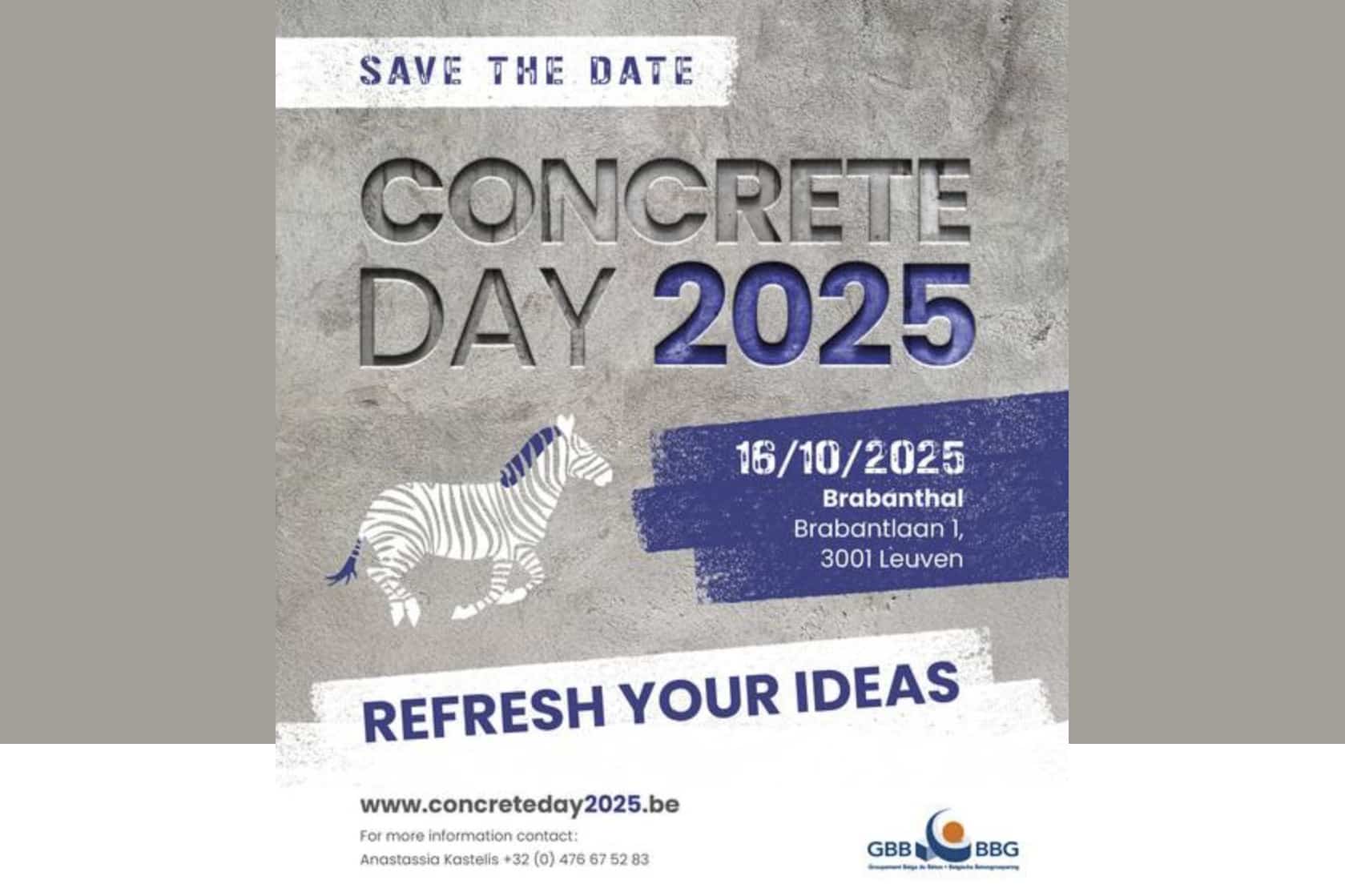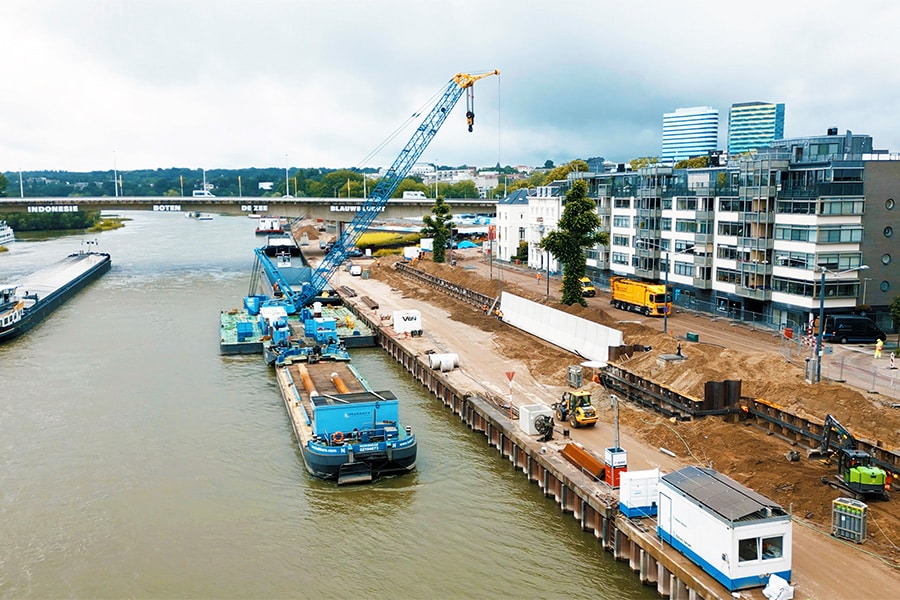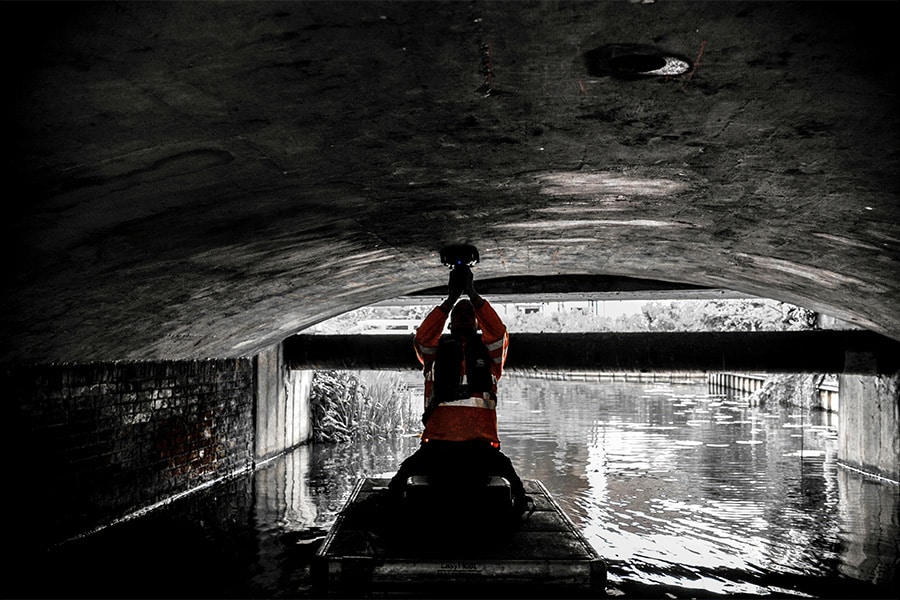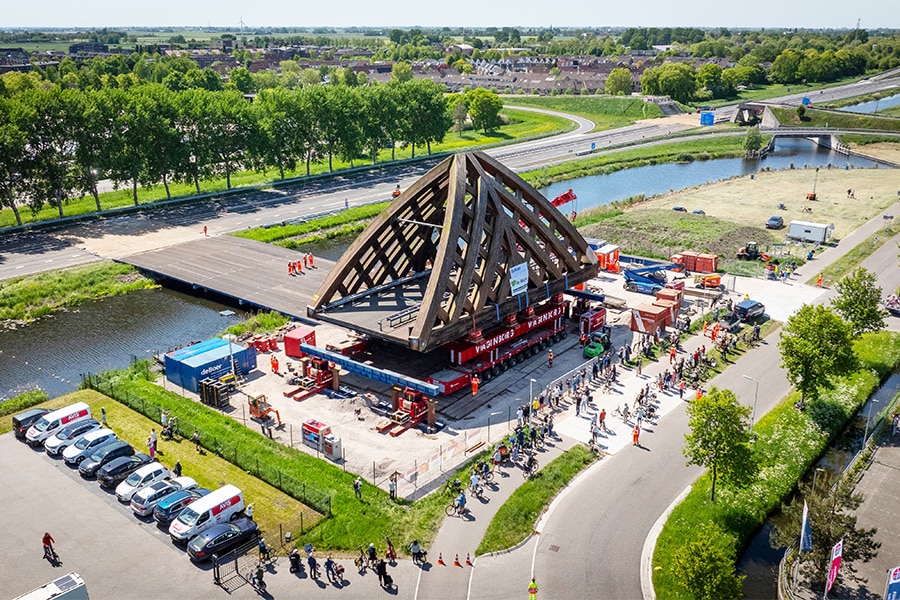
Concrete as a foundation for the circular economy
Concrete is known as a strong, robust and fire-protective material that is low-maintenance and long-lasting. No material scores better in terms of safety and functionality. However, the circular applicability of concrete has yet to be recognized. Steel and wood are sometimes seen as less environmentally damaging. This is according to independent research by USP Marketing Consultancy commissioned by Betonhuis.
Safety and functionality
The study shows that in terms of safety and functionality, concrete leaves other materials such as wood and steel far behind. Architects and municipalities in particular have a very positive view of the strong and robust properties of concrete. In addition, the material is seen by the market as the best material when fire protection needs to be built. Also in terms of functionality, the market's perception is above average positive compared to other materials. In addition, concrete is viewed most positively for its long service life and the low level of maintenance required during its life cycle.
Remco KerkhovenThe strongest environmental advantage of concrete is undoubtedly its very long and low-maintenance life. This is why concrete is the most widely used material in the world.
Concrete gets a green image
Remco Kerkhoven, Advisor Technical Marketing, Communication and Statistics at Betonhuis, acknowledges that the green side of concrete needs to be better highlighted. "Concrete complies with the practical approach described in 'The Netherlands Circular in 2050,' and the material is often repurposed. Concrete skeletons are transformed into completely new buildings. In case of demolition, 100% of the concrete rubble is reused; as concrete granulate in road foundations or as aggregate in new concrete. Concrete is circular."
Environmental benefits concrete
"The strongest environmental advantage of concrete is undoubtedly its very long and low-maintenance lifespan. Concrete is therefore the most widely used material in the world." Of course, its large production leads to a certain amount of CO₂ emissions. In the Netherlands, this is only 1.6% of total emissions, but Kerkhoven says this must be brought down, eventually to zero. "The industry, in line with the European Green Deal, is aiming for CO₂-neutral cement and concrete by 2050." On claims about a material's environmental performance, he cautions. "These performances are based on a life cycle analysis (LCA). It would be better if the organic material left behind and the lifetime of a material were also considered." Betonhuis therefore believes that the results of building-level LCA analyses, including the user phase, are more relevant than a direct comparison between materials themselves. Kerkhoven concludes, "Concrete as a circular material deserves a bigger stage, something that Betonhuis is going to work for in the near future."
Learn more
For more information, contact Remco Kerkhoven, send an email.



